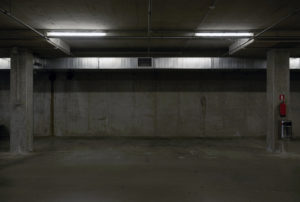It's tempting to save money by not cooling or heating accessory structures on your property, which could be anything from a storage shed to a detached apartment or cabin — even another unoccupied property you may own in another location. It stands to reason that the less energy you use, the lower your bill will be. However, there are some things to consider when letting unoccupied accessory structures go without heating or cooling.
Mold.
The climate in Oklahoma can be humid enough to generate mold indoors. Leaving a structure shut up for long periods without running an air conditioner to reduce moisture can result in mold, mildew, and fungus, leaving a damp and unpleasant smell in the building and on furnishings. At the very least, you may want to run a portable dehumidifier during periods of high humidity.
Broken pipes.
When there is plumbing in accessory structures, you will of course want to protect the pipes during the winter, especially when it freezes. That might be accomplished merely by keeping the thermostat in the low 50s or by placing a space heater near the pipes during the hours when freezing temperatures are expected. Draining pipes and wrapping them in heat tape might also prevent freezing. You may also want to turn off the main water supply if the building will be unoccupied for long periods. Even if there is no plumbing in the accessory structures, think about any items that are stored there that might be damaged by freezing temperatures.
Add some ductless HVAC.
There are a couple of ways to add a simple HVAC system to help mitigate moisture and to maintain a proper temperature in your accessory structures. The simplest solution is to add a window unit. You can also install a window unit heat pump that both cools and heats, or a ductless mini split heat pump. The ductless minis have air handlers that you can mount on walls, ceilings, floors, and shelves.
For more on heating and cooling accessory structures, contact Air Assurance of Broken Arrow.


